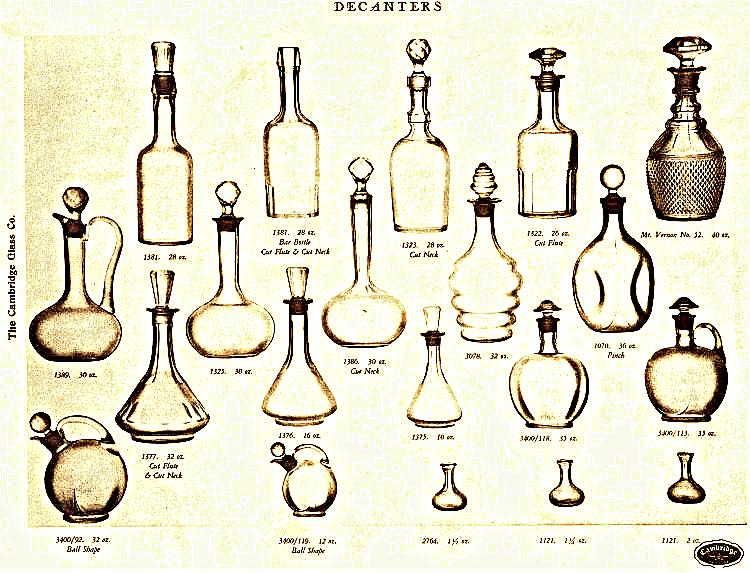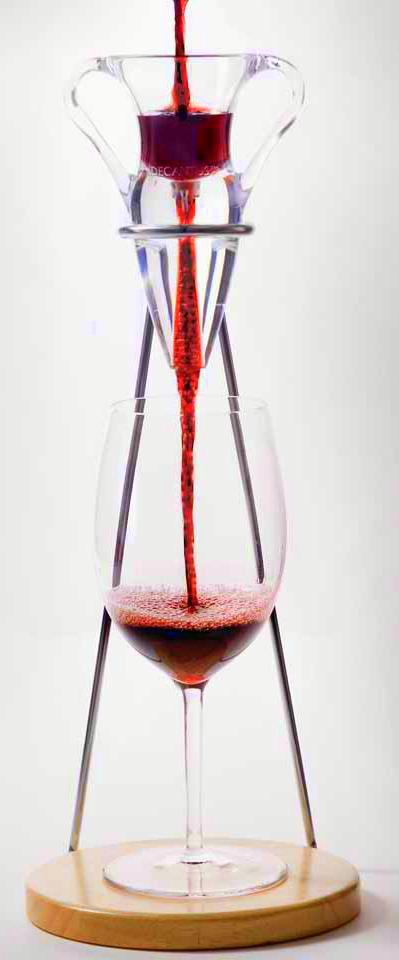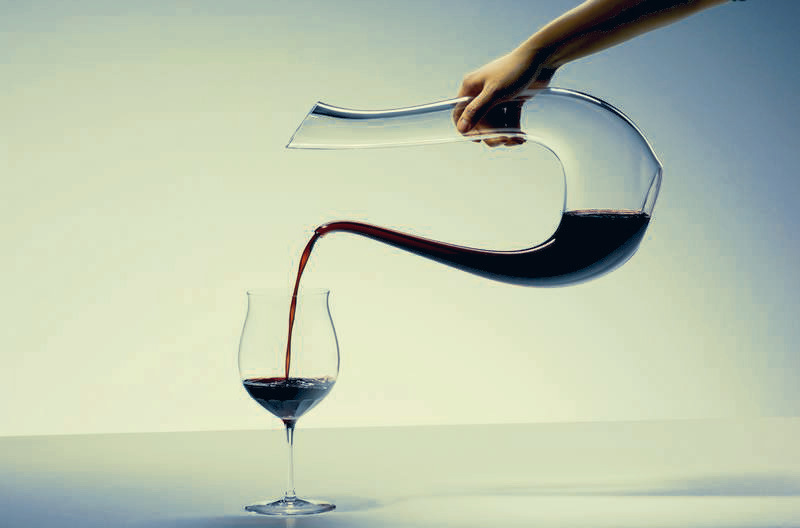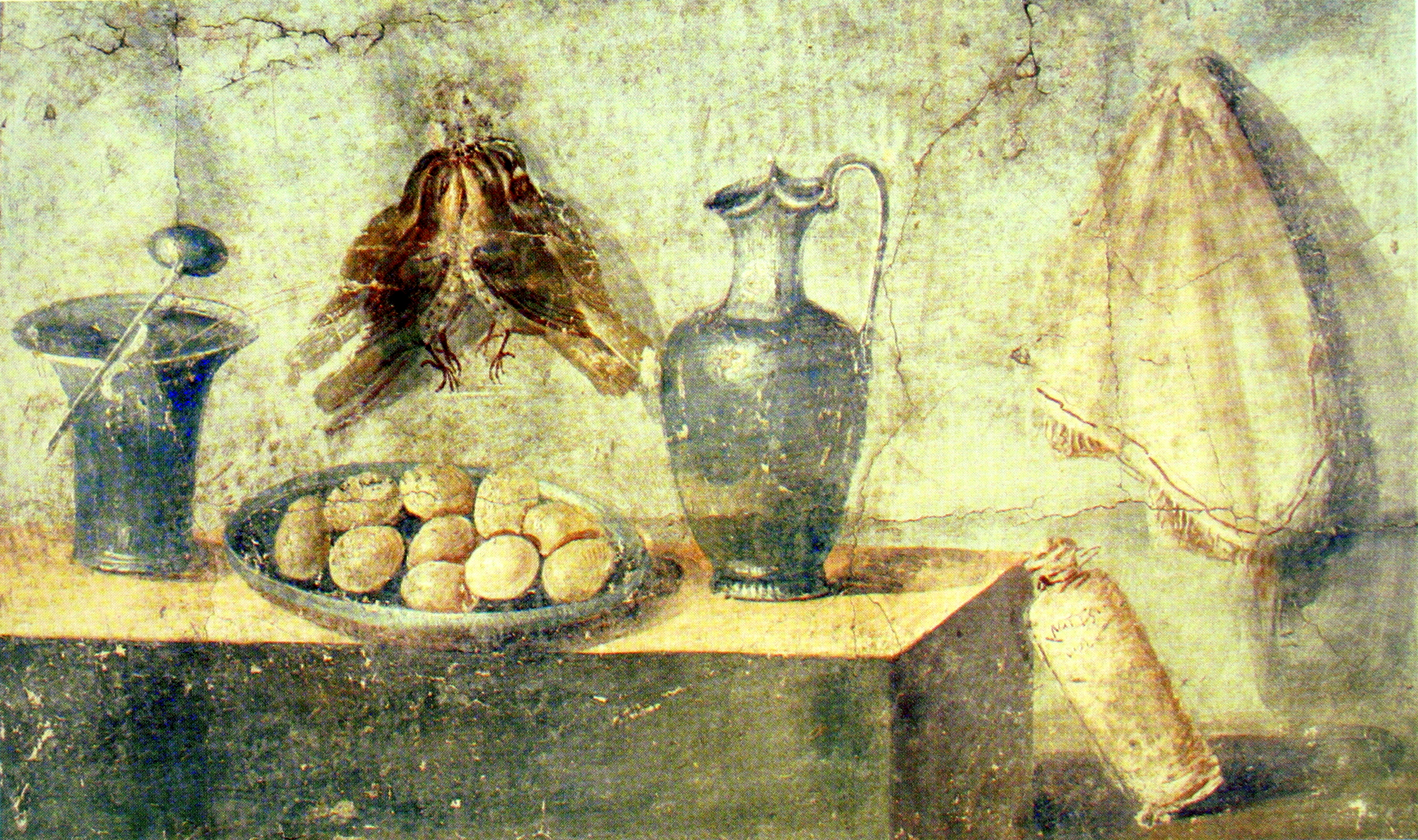If you enjoy red wine or drink more affordable wine on a regular basis, then using a decanter is a great idea. Decanting may not look like much, but the increased oxygen exposure to wine greatly improves the taste by softening astringent tannins and letting fruit and floral aromas come out. If you’re searching for a decanter to buy, here are some pragmatic considerations to help you decide which decanter to get.
Choosing the Right Decanter
You’ll notice that some wines will take longer to decant than others. For example, full-bodied red wines with high tannin (the astringent, mouth-drying sensation) need longer to decant, and thus, a decanter with a wide base will increase the amount of oxygen and decant the wine faster.
· Full-bodied Red Wines (Cabernet Sauvignon, Petite Sirah, Tannat, Monastrell, Tempranillo, etc): Use a decanter with a wide base.
· Medium-bodied Red Wines (Merlot, Sangiovese, Barbera, Dolcetto, etc): medium-sized decanter
· Light-bodied Red Wines (Pinot Noir, Beaujolais): serve in a small to medium-sized decanter that’s been chilled.
· White and Rosé Wines: decanting isn’t necessary, although you can use a small chilled decanter.

When it comes down to choosing, get a decanter you love. With that said, seek one that’s easy to fill, pour, and clean. As obvious as this seems, you’d be surprised at how many beautiful decanters are a pain to use!
How to Use a Decanter.
Pour wine into the decanter so that it hits the sides of the glass. You want to do this so that there is more oxygen exposure to the surface of the wine. It’s also quite fine to swirl the decanter by the neck for the same purpose.
How long to decant wine? Decanting takes anywhere from 15 minutes to 3 hours and the average time is about 40 minutes. Here are a few examples:
· Full-bodied wines: These wines take the longest, expect about 1–2 hours
· Cheap wines: Cheap wines often need rigorous oxygen to cause oxygen to improve the aromas. You can do this by pouring a small amount into the decanter, and then re-corking the bottle and shaking it before you pour the rest into the decanter. Wait about 20 minutes.
· Old red wines: Depending on the style, most will take about 2 hours.
Using Light to Decant Unfiltered Red Wines.

Some fine red wines contain sediment (common in older red wines). It’s possible to decant the wine so that it removes the sediment. One way is to place a stainless steel filter at the top of the decanter to catch the sediment. Another method that is popular in restaurants is to use a candle placed under the neck of the bottle that indicates when the wine has sediment. At this point you simply stop pouring.
Cleaning Your Decanter.
No matter how much water you flush through a decanter, it will still collect visible deposits over time. Never put vinegar in your decanter to clean these deposits, especially if it’s crystal. Also, we’d highly advise using fragrance-free soap.
Free method: Push a non-metallic scrubby sponge down the neck and push it around the bottom with a wooden spoon.
Get a decanter cleaner: A decanter cleaning brush is basically a giant pipe cleaner with a handle. If you have an elaborate decanter that’s impossible to reach with a tool, consider getting some decanter cleaning beads which do a moderately good job in tight spaces. Also, remember to towel down all your fine glassware with cotton four sacks(a reliable pragmatic/affordable solution).
Drying your decanter: You can either line a large mixing bowl with a drying towel and rest the decanter upside in the bowl or you can buy a decanter dryer.
Standard Glass vs. Crystal Glass Decanters.

Perhaps you’ve noticed that there are different types of glass used to make decanters. Crystal is more durable and thus, it’s often used to create large artistic decanters, whereas glass decanters tend to be made with thicker walls and simpler shapes. Both are a fine choice. Of course, you should be wary of a standard glass decanter with thin walls and a fancy shape (unless it happens to be made of borosilicate glass). Another important consideration of the two styles is: if you plan to put your decanter in the dishwasher, then standard glass is probably a better idea.
Will lead-based crystal give me lead poisoning? Elevated levels of lead have been known to leech from the leaded crystal glass into alcohol. However, the amount of lead that transfers into wine from a decanter is incredibly low given the short time period the wine comes in contact with it. Lead-based crystal only becomes a problem when you store fluid in it for longer periods of time (i.e. a week or more). Additionally, you can find lead-free crystal.
What do we use? At the Wine Folly office, we have standard glass decanters. We like them because they’re easy to use and clean. At home, we have a growing collection (decanter hoarder!) of crystal and borosilicate glass decanters (both leaded and lead free, vintage and new).
Last Word: Do You Even Need a Decanter?
No. There are many ways to decant wine that don’t necessarily involve a large glass vessel. For one, the act of pouring wine into a wine glass initiates oxygen exposure to the contents inside the bottle (and if you wait long enough, it will decant). Additionally, there wine aerators which introduce a superabundance of oxygen to wine causing it to become decanted by the time it hits your glass. Finally, we’ve even tried several off-the-wall methods including shaking wine bottles or putting wine into a blender… and they work!
That said, if you fit any of the 4 ideologies below, a decanter is still a good choice for you:
1. You still buy real books.
2. You like the craft element of winemaking and wine growing.
3. Useful art is cool.
4. Meditation is good.
Winefolly
















